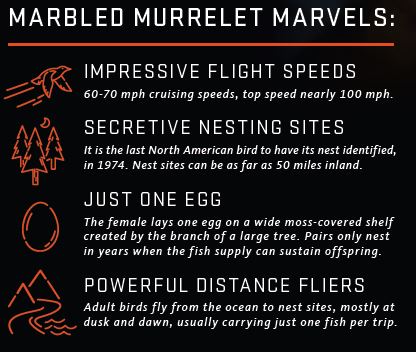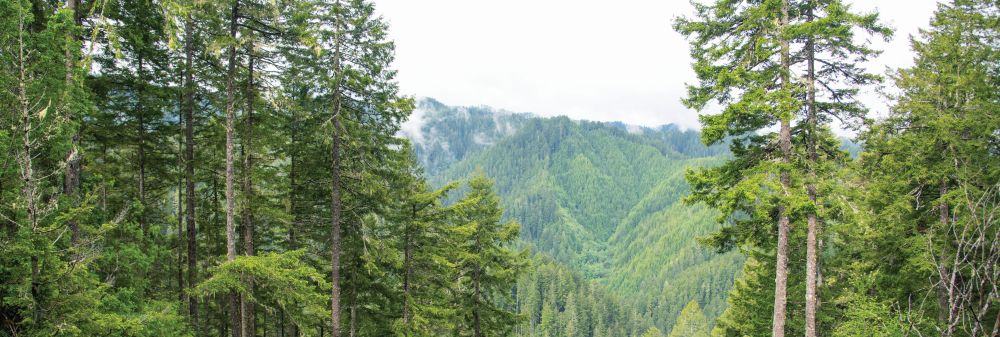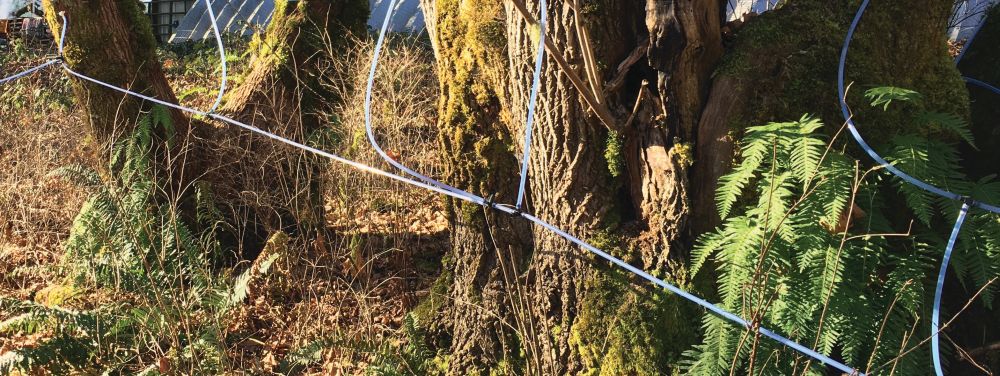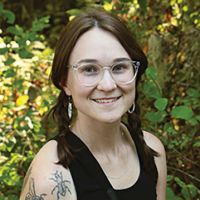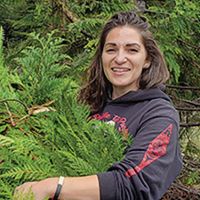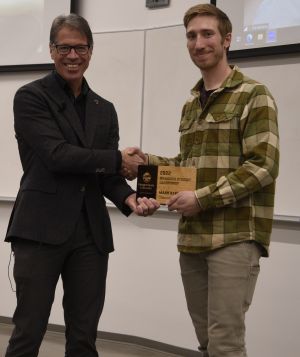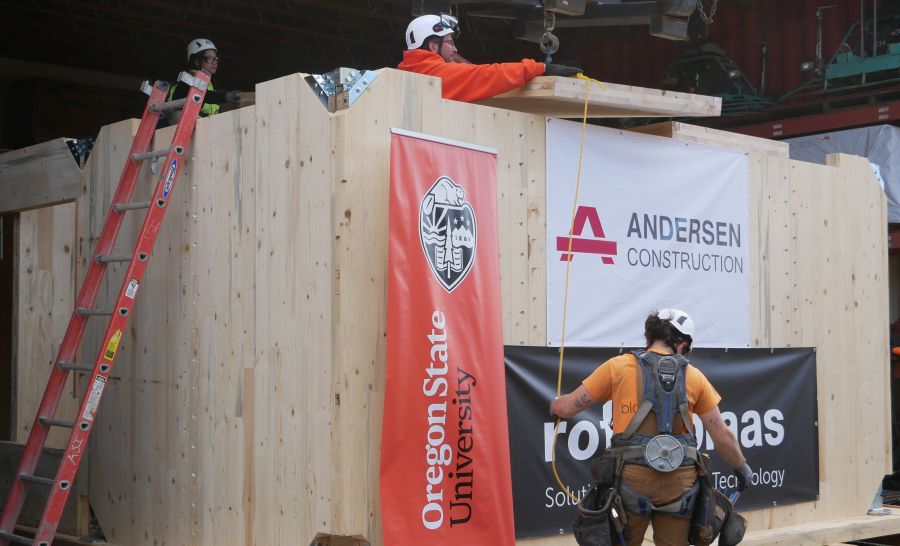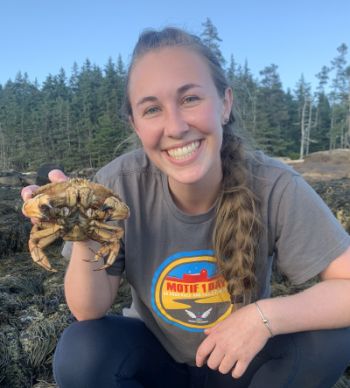
Major & specialization area:
Natural Resources with an individualized specialization option called Marine Ecosystems
Why did you choose your degree program/major?
I chose to major in natural resources because I’ve always been really interested in the environment and wanted to find a way I can give back to the planet. The natural resources program also provides a great diversity of classes that allowed me to get a wider breadth of education by blending science with some social science classes. Going into my undergrad, I wasn’t really sure what direction I wanted to pursue and this degree let me learn about the different aspects of the environment, including socioeconomic considerations, without having to get too specialized.
What’s the best experience you’ve had as a student?
Whenever someone asks about a favorite class or professor, I always think of when I took Science Writing (WR 362) with Dr. Ehren Pflugfelder. I’ve had a lot of really great classes and great professors during my time at OSU, but the excitement he brought to class and care he put into our learning really stood out. And now I’m definitely thinking about how I can incorporate science writing and other methods of science communication into my future career!
Have you participated in any experiential learning opportunities? How has this impacted your student experience?
Yes! I just went to Chile over spring break for the Mountains to the Sea: Ecosystems of Chile faculty led program. It was an absolutely amazing experience. Chile is beautiful, the group of students and faculty were great, and we learned a lot of really interesting things about forestry in Chile and some of the issues they’re facing regarding natural resource management. This experience made me feel a lot more connected to OSU and I think it really elevated my student experience by giving me these memories I will never forget. I also made some really great friends on this trip, so if anyone’s considering an international program or other experiential learning opportunity, I say go for it!
What are your plans after graduation?
After graduation, I’m planning on taking a little break from school while I get more experience with field work, and then I’m planning to apply for grad schools! But in the long run, I’m hoping to be able to combine doing research with working towards making scientific information more accessible to a wider group of people.
What’s one thing (or piece of advice) that you would like incoming OSU students to know?
I would tell incoming students to keep an open mind about the experiences they want to have at OSU because you never know what opportunities might come up. Keeping my mind open to different opportunities is what led me to going to Chile for spring break, but it could also lead you to spending a term at the Hatfield Marine Science Center or getting experience doing research.
Have you received any scholarships from OSU or the College of Forestry? If so, what has it helped you accomplish?
I have received some scholarships from OSU and the College of Forestry. These scholarships have been really helpful for paying my tuition and allowing me to take a full-time course load every quarter. Of course these scholarships have allowed me to focus more on my classes, but they’ve also allowed me to pursue more volunteer opportunities instead of only being able to take paid positions. And one of these opportunities is what led me to my first publication as a co-author in a peer-reviewed journal, which should be coming out this year.
What are your go-to snacks?
I love a good bagel. Or hummus with pita, naan, or carrots!




